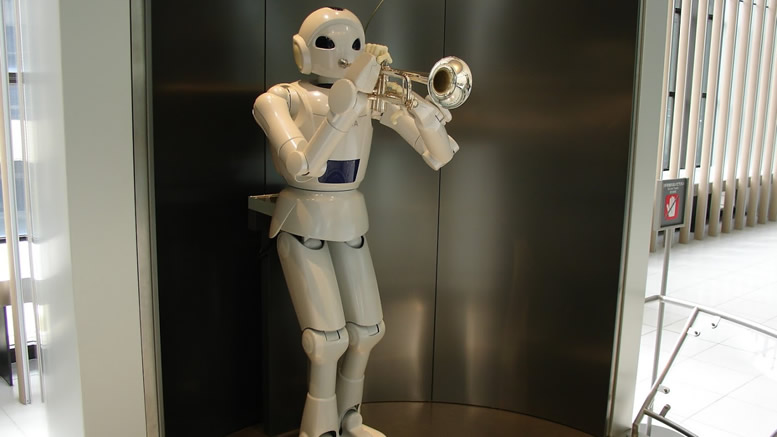
Toyota Motor Corporation have recently announced an overview of the project to develop partner robots designed to function as personal assistants for humans.
Expected to be unveiled at expo 2005 the partner robots will come in 3 types (humanoid, rolling and a mountable type that can transport people). Toyota claim, since its inception, Toyota has carried out its corporate activities based on the spirit of “contributing to society through making things and making automobiles.” At the same time, people around the globe are starting to crave better, more diversified lifestyles. These changes are particularly prominent in Japan where dwindling birth rates and a rapidly aging population are underscoring concerns regarding the need to secure a stable labour force for the future in order for its people to be able to enjoy comfortable standards of living.
Focusing on these issues, Toyota is promoting the development of human-assisting partner robots using the collective experience cultivated by the Toyota Group in automotive development and production engineering.
Toyota wants its partner robots to have human characteristics, such as being agile, warm and kind and also intelligent enough to skillfully operate a variety of devices in the areas of personal assistance, care for the elderly, manufacturing, and mobility. Furthermore, since each area requires a special set of skills, Toyota is promoting the development of three different types of partner robots each with its own areas of expertise.
This initial announcement of Toyota’s development of partner robots will be followed by an exhibition of the results as part of the entertainment lineup for the Toyota Group Pavilion at the Expo 2005, Aichi, Japan, starting in March of the same year. Toyota plans to continue focusing the energy of the Toyota Group to further utilize their wealth of technical experience in automotive development and production to expand the usefulness of these robots while broadening their functions and areas of application.
To improve the robots interaction with society special attention has been focused on the robots design. Toyota developed artificial lips that move with the same finesse as human lips, which, together with robots’ hands, enables the robots to play trumpets like humans do. Through the expanded development of the driving control technologies for automobiles, Toyota came up with the new stabilizing technologies for robots. A small, light-weight and low-cost high-precision-sensors, developed based upon automotive sensor technology, are used as an attitude sensor that detects a tilt of a robot.
In addition to the above technologies, “wire-operation system”, is being developed. The actuators as power sources are located on its torso, and wires are used to move the arms and legs. As a result, the weight of the arms and legs can be reduced, adding limberness and speed to the motion.
